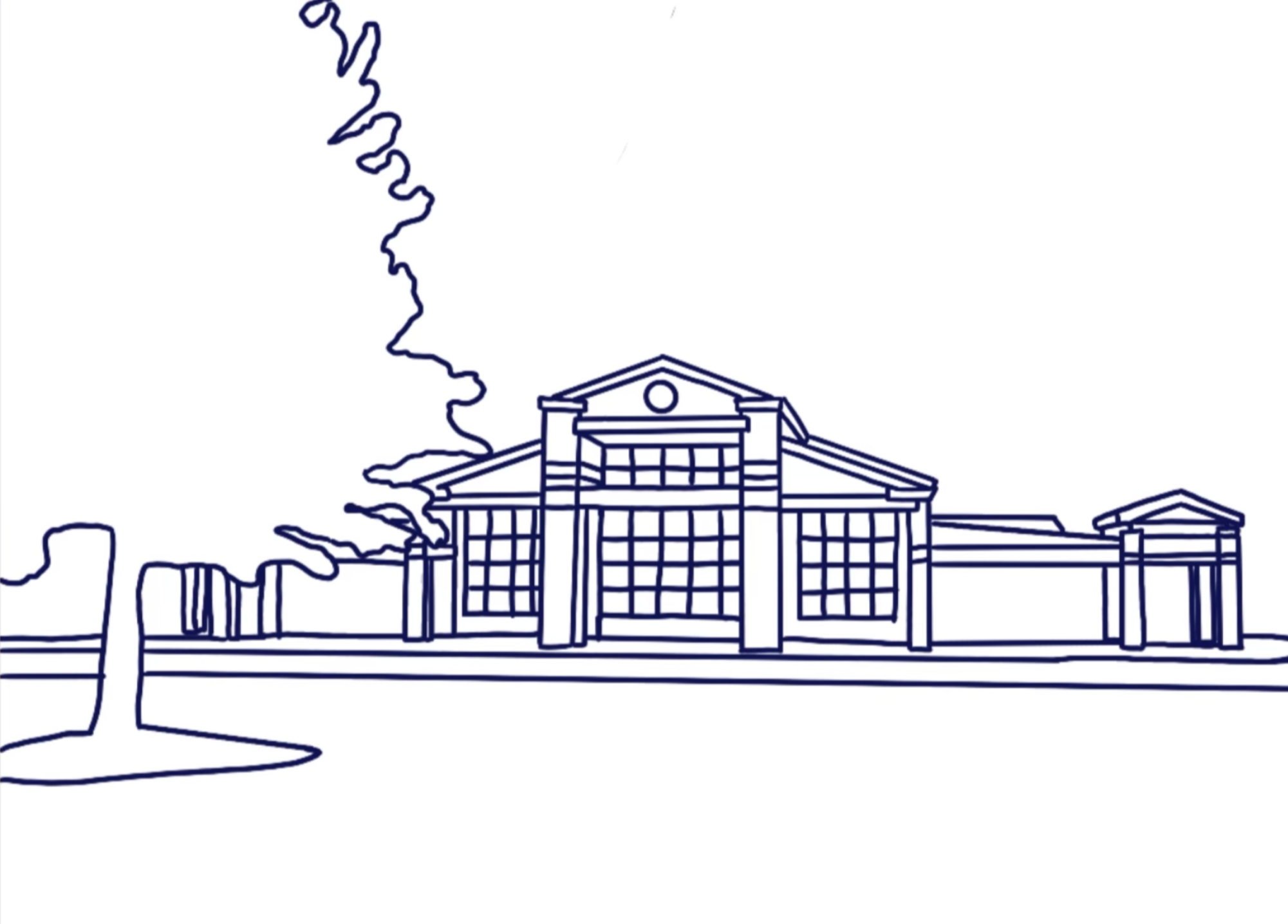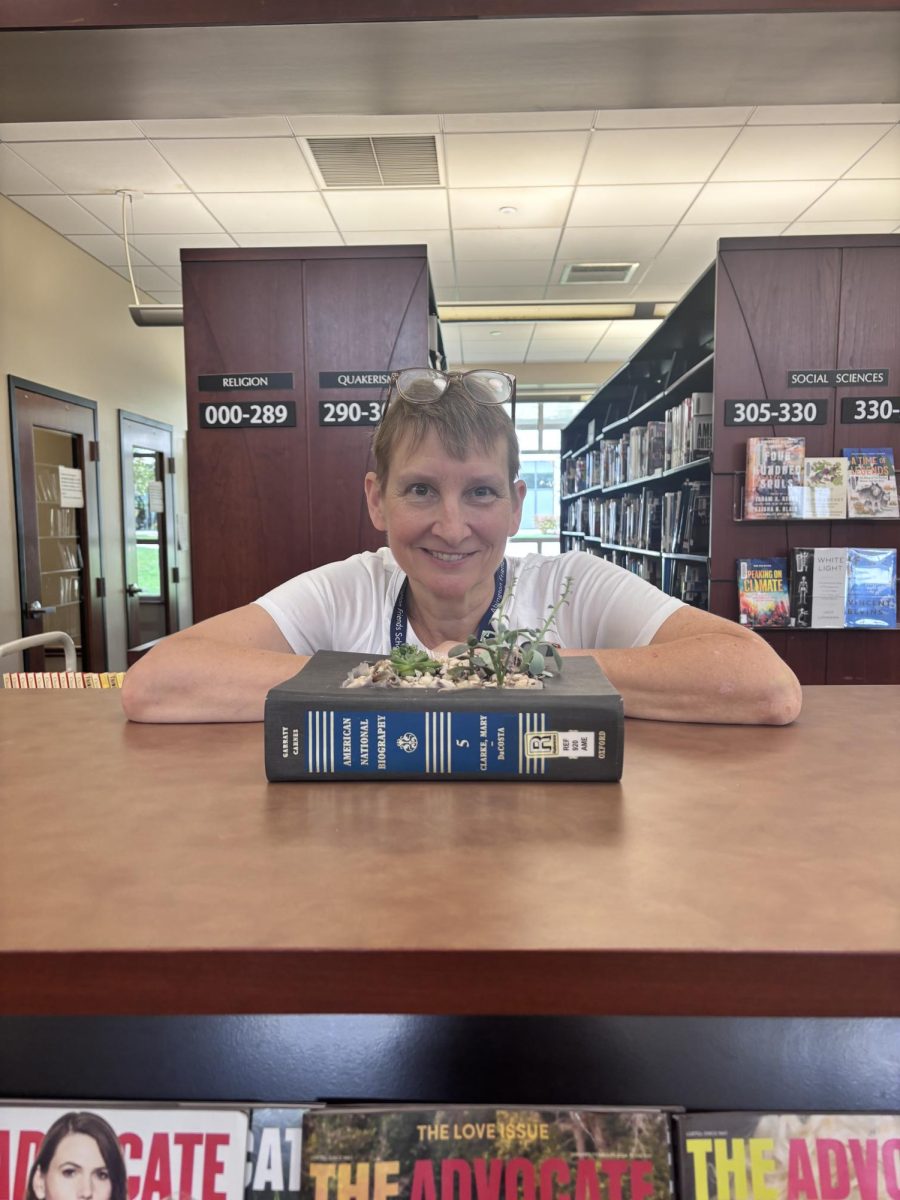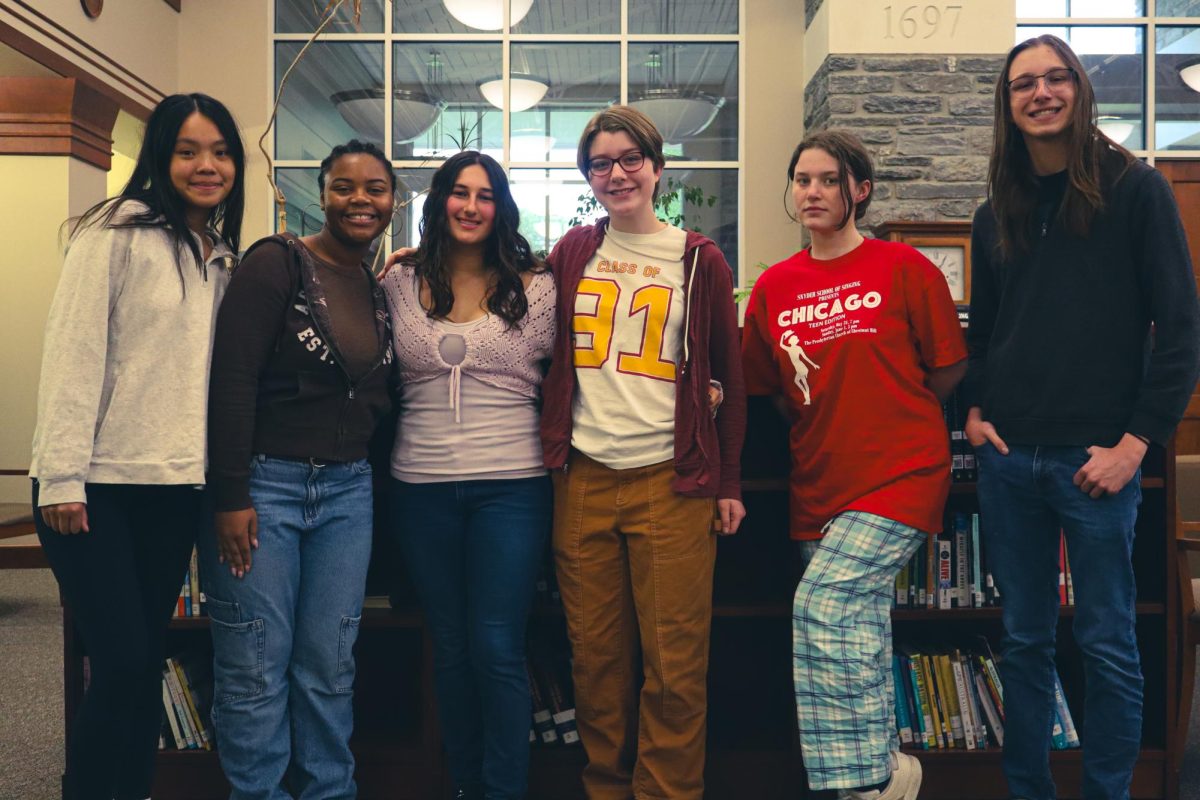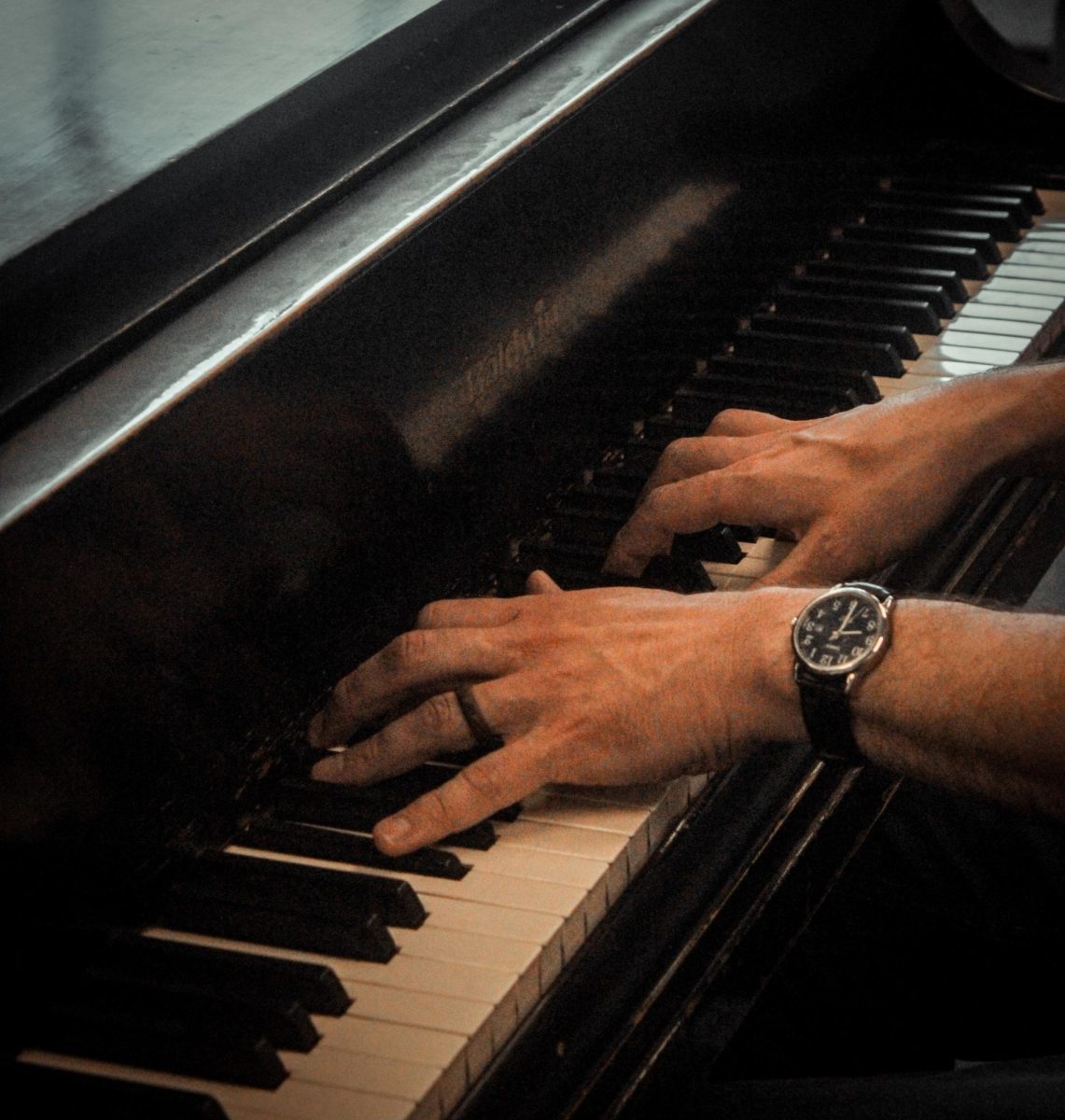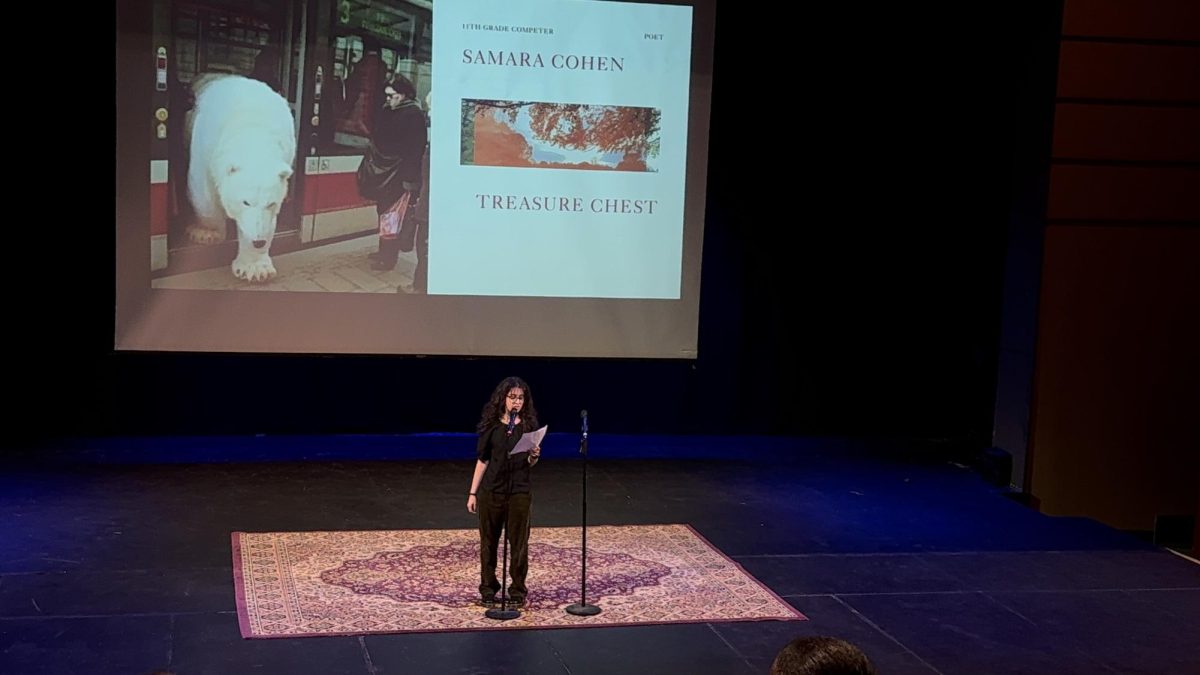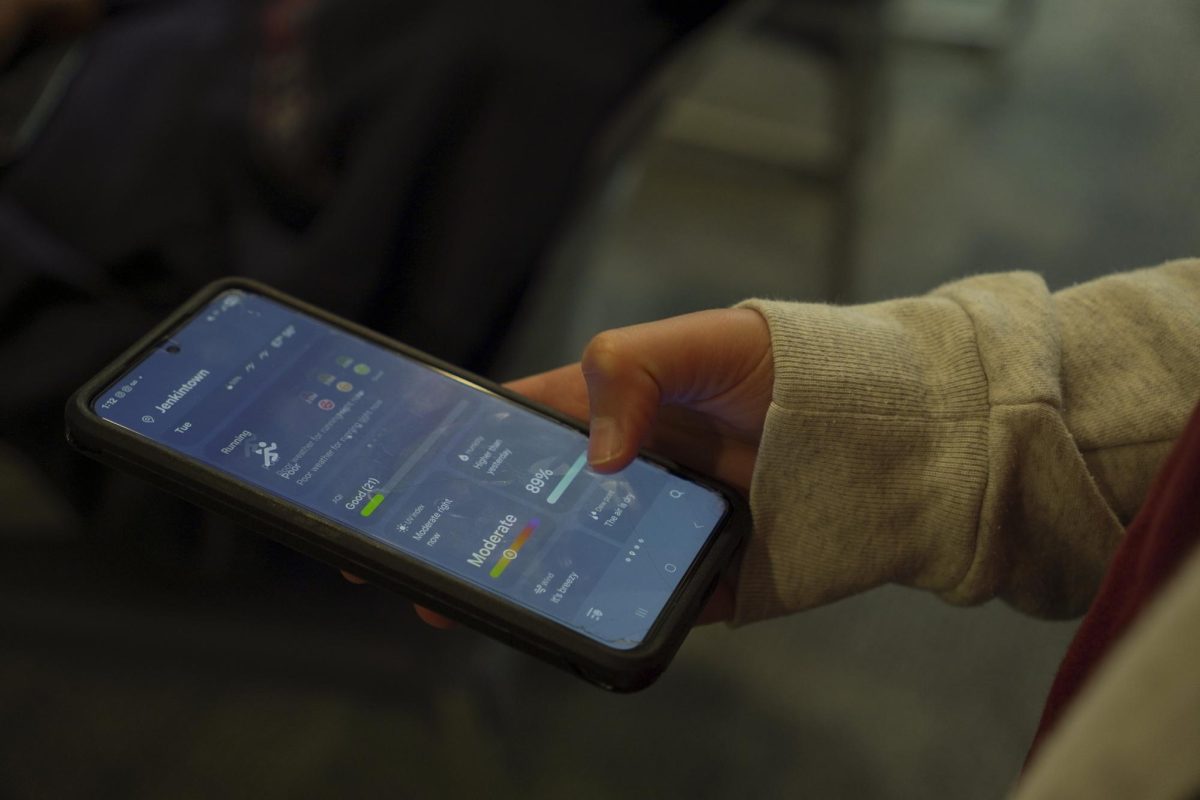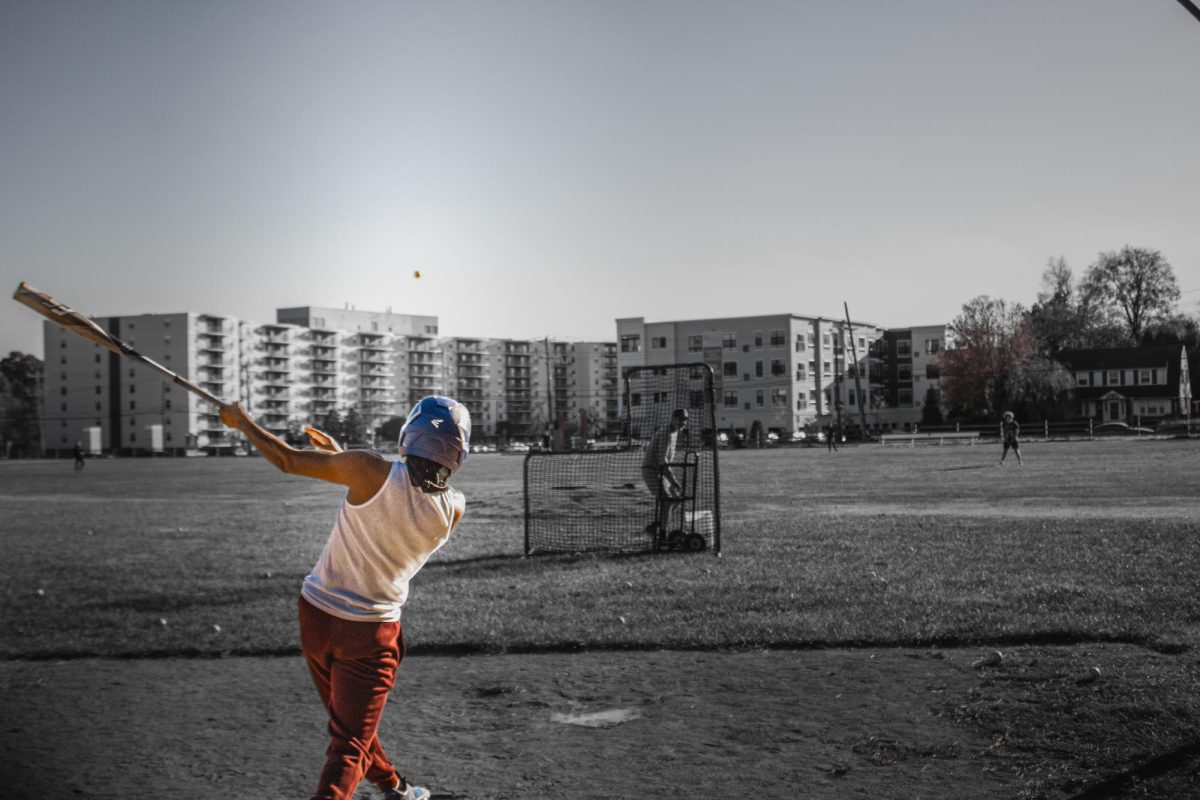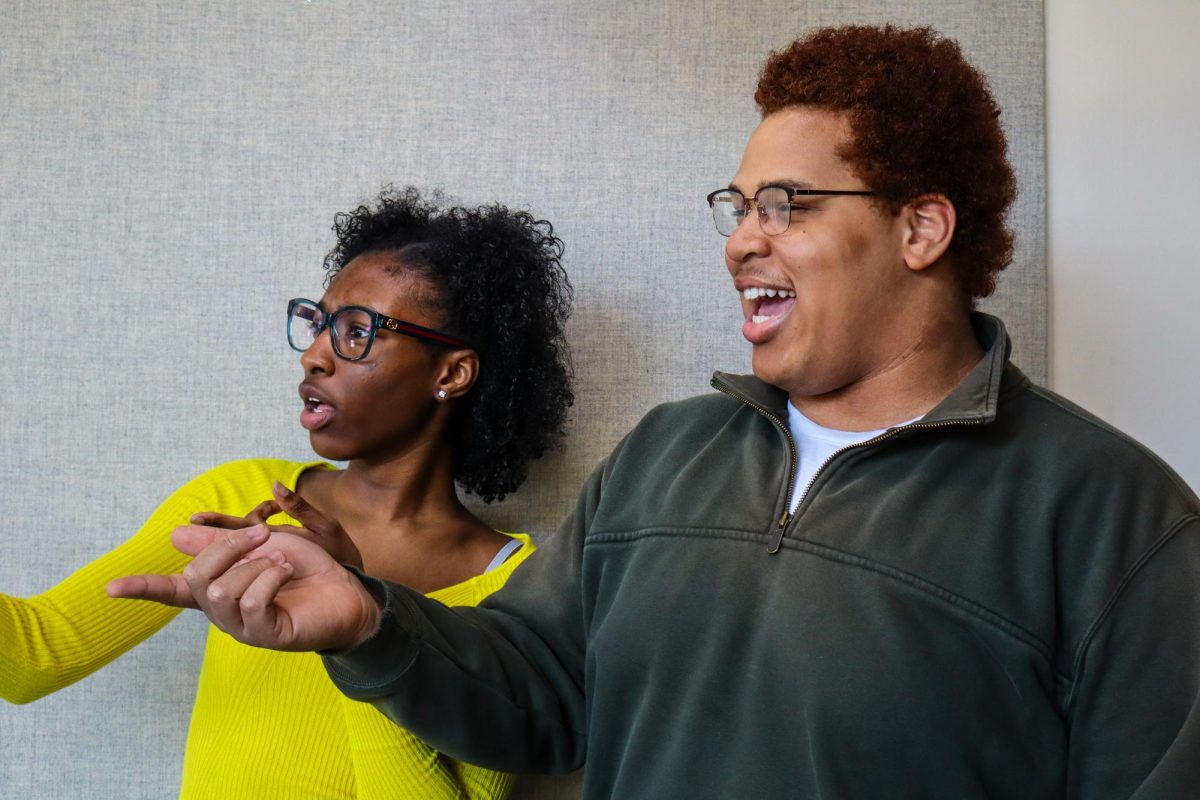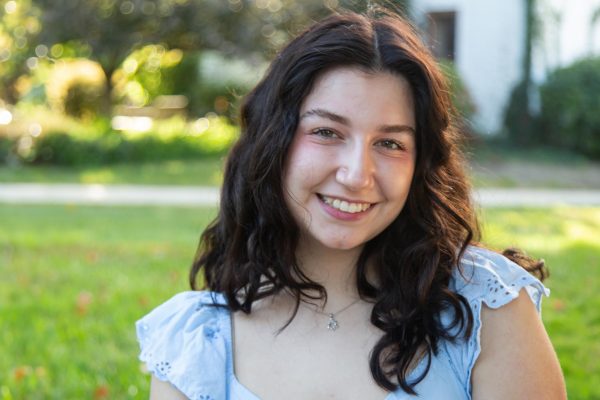As the world continues to wrestle with conflict, citizens and student activists on college campuses across the country continue to voice their concerns in the form of peaceful protests, utilizing their right to free speech, despite the backlash from authority and police.
We see headlines on the news about the disruption caused by protesters. We also hear how colleges and universities want “change-makers” and “free thinkers.” Yet, when students take action to protest the ideals of learning from different perspectives, building a safe community, and fostering growth on campus, go out the window.
Generation Z, those born between the years of 1995 and 2010, are currently attending middle school, highschool, and college campuses across the world. In the year 2024, being at school, especially highschool and college, looks extremely different than it ever has before.
The introduction of the digital PSAT/NMSQT and SAT tests, ChatGPT, and the increasingly large portion of students with smartphones and therefore social media access, have all made today’s students different to any that have attended school before.
The popularity of social media networks provides a gateway for younger people to have access to news, current events, and different opinions at the touch of a button. And as with all citizens, if they want something to change, students have the right and obligation to protest.
This raises the question of how the United States, college campuses, independent schools, and even AFS handle conflict and how it can make communities stronger or expose the truth of their intentions.
On April 12, 2024 Upper School students at Abington Friends School gathered at Smith Field during classes to openly discuss the school’s response to an incident of transphobia.
Organized by the Gender – Sexuality Alliance (GSA), The gathering offered a safe space where students voiced concerns about safety for trans and queer-identifying students and support from AFS faculty. In the best interest of one another, AFS upper school students and faculty stood in silence in a circle, listening, understanding, and building an atmosphere of trust for their fellow peers.
Truth is essential towards restoring justice and peace is non-existent without addressing conflict. Even though the Walk-Out was a form of protest from the student body, it united faculty and students in resetting and re-engaging with these values to effectively move forward.
Co-clerks of GSA Ivy Stinson ‘25 and Casey Smothers ‘25 discussed the heart of their frustration after the transphobic incident that led them to walk-out. Stinson said, “I feel the event was such a big deal and then the school tried to shut that down and have that not get out, partially for legitimate reasons, partially because …they don’t want to look bad, and I feel as though among the student body, a lot of people didn’t know what happened…The individual didn’t seem to face any social repercussions…and that was hurtful.”
Smothers said, “The thing that I’ve been frustrated about is overall how it’s been handled by the administration…I understand being hesitant about not sharing too much…there are certain things that can’t be shared, but as a whole there is a frustration of not being able to acknowledge problems.”
This protest was a demonstration of student solidarity that seemed to be well-needed. Many people came out and listened carefully.
Smothers, when asked about what their hopes for the long term are, said “If something like this happens again, the school and the administration can… Learn from the mistakes of this situation and address it with more openness.”
In a separate interview when responding to his perspective on the walk-out, Brendon Jobs, head of the Upper School said, “The walkout is a symbol of student voice and action on a campus like this one”
Jobs said, “Pretty quickly after that point, and before that point… adult members of the community were working with students to try to get at… what are the best next steps that we can take to make sure that students feel safe and protected?”
Jobs said, “I think it was effective for the organizers, and I say that because when we had the debrief that Monday after…I got a real sense of what they were looking for, and I think what folks needed was feeling that the community took transphobia seriously… and I think that’s what the walkout did. It was after… they felt more security in the feeling of community that we were able to work… in a way that felt more productive for them”
While the work is far from over, this walkout provides an example of how student voice can lead to further action.
As a Quaker school, the idea of consensus is vital to the decision making process. But for consensus to be possible, there needs to be dialogue. Student protests like the walkout are often the beginning of dialogue between students and teachers. Protests such as the one we experienced are not meant to cut ties or anger administration, but rather to open up a space for solutions.
